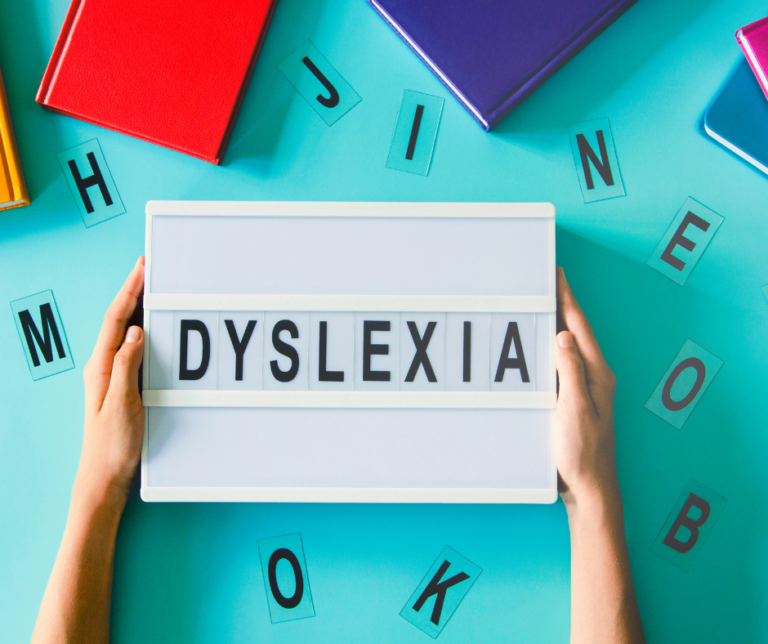Dyslexia is one of the most common learning difficulties, yet it is often misunderstood. Myths surrounding dyslexia can lead to misconceptions that hinder proper support for children and adults who have it. At Sensational Kids, we are committed to dispelling these myths and providing accurate information to help individuals with dyslexia thrive. Let’s break down some of the most common myths and set the record straight.
Myth 1: Dyslexia is visual, so children and adults see and write letters backwards, such as mixing up “b” and “d”.
Fact:
Dyslexia is not a vision problem. Children with dyslexia do not see letters backward. Letter reversals, such as mixing up “b” and “d”, are common among many children when they are first learning to write, regardless of whether they have dyslexia. Dyslexia is related to difficulties with language processing, specifically how the brain interprets written and spoken language, not visual perception.
Myth 2: Boys are affected more than girls.
Fact:
Dyslexia affects both boys and girls equally. The myth likely persists because boys are more likely to be diagnosed earlier, as they often exhibit disruptive behaviours that draw attention to their difficulties. In contrast, girls with dyslexia may try to hide their struggles, coping quietly without being noticed as easily, which can delay diagnosis.
Myth 3: Children with dyslexia are lazy or not trying hard enough.
Fact:
Dyslexia has nothing to do with laziness or a lack of effort. Children with dyslexia often work extremely hard to overcome the challenges they face, but their brains process language differently. Instead of labelling them as lazy, it’s important to recognise their effort and provide them with the tools they need to succeed.
Myth 4: Dyslexia is outgrown with age.
Fact:
Dyslexia is a lifelong condition. While early intervention can greatly improve reading and writing skills, people with dyslexia may continue to experience challenges throughout their lives. That said, with the right strategies and support, individuals with dyslexia can lead successful lives and excel in their areas of strength.
Myth 5: Dyslexia could be prevented if parents read to their kids more, or if teachers taught more phonics.
Fact:
Dyslexia is caused by differences in how the brain processes language and is often inherited. It is not something that can be prevented by reading more to a child or focusing more on phonics in the classroom. If a parent has dyslexia, there is a 40-50% chance that their child or other family members will also have it. Blaming parents or teachers only adds to the misunderstanding of the condition.
Myth 6: Dyslexia only affects reading.
Fact:
While dyslexia primarily affects reading and spelling, it can also impact other areas of language, such as writing, comprehension, and sometimes even spoken language. Some individuals with dyslexia may struggle with organising their thoughts in writing, understanding what they read, or recalling specific words during conversations.
Myth 7: Dyslexia is related to intelligence or a lack of effort.
Fact:
Dyslexia is not linked to intelligence. People with dyslexia come from all intellectual backgrounds. In fact, many individuals with dyslexia have above-average intelligence. The difficulty lies in the way their brain processes language, not in their intellectual capacity or effort.
Myth 8: Children with dyslexia will never learn to read.
Fact:
Children with dyslexia can learn to read with the right support. Structured literacy programs that focus on phonics, multisensory learning, and explicit instruction can help children with dyslexia develop the skills they need to become proficient readers. Early intervention and tailored teaching methods make a significant difference in their progress.
Conclusion
Dyslexia is often misunderstood, but with the right information, we can challenge these myths and better support individuals who experience it. By understanding the true nature of dyslexia, we can ensure that children and adults receive the help they need to succeed academically and beyond. Sensational Kids is here to provide resources and support for families, educators, and children affected by dyslexia. Let’s continue to spread awareness and offer practical solutions that empower those with dyslexia to reach their full potential.


